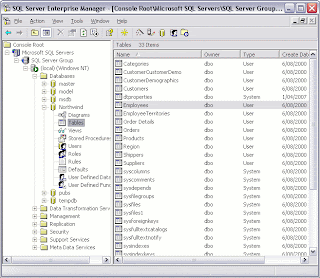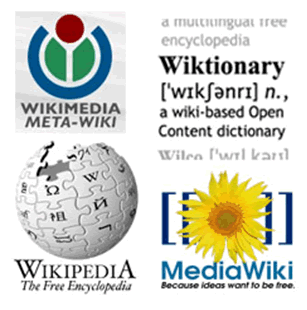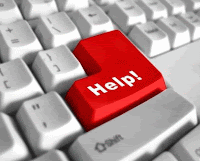Secondary Storage
Sunday, January 23, 2011
File compression

Optical Disk Drive


File compression involves reducing the number of bits and bytes in a file so that a file can be transferred over the internet at a faster rate. Compressed files will also take up lesser space when stored in a disk. Compressed files are then "decompressed" using specific programs after they are downloaded completely in the computer. Such programs are WinZip or Stuffit.
Head crash
A head crash is a serious malfunction involving the disk drive. This malfunction occurs when the read/write head (separated from the disk drive by a layer of air as thin as 0.000001 inches) touches the surface of the hard disk and scratches it. This will result in the loss of most data stored in the disk drive. A head crash may also occur when tiny particles like dust or smoke touch the surface of the disk drive.
Internet hard drive
Internet hard drives are available at specific sites on the web. Storing data on internet hard drives are similar with storing data on the usual hard drive. The only difference is that data stored on Internet hard drives can only be accessed when a connection to the Internet is available. Among the advantages of Internet hard drives is that it can offer almost unlimited space with no cost at all. Furthermore, a user does not have to worry about data being lost as the data will remain on internet hard drives even if a computer's hard drive crashes. Among the disadvantages is that accessing internet hard drives might take a longer time.
Optical Disk Drive
An optical disk drive is the component in the computer that is involved in retrieving data from optical disks as well as storing data on optical disks The surface of any optical disks contain reflective and non-reflective surfaces representing a binary of 1 and 0 respectively. The optical disk drive uses a laser that projects a tiny beam of light on these surfaces. The disk drive interprets the amount of light reflected by the surface and convert them into digital data which can be read and understood by the computer.
Solid state storage

Solid state storage devices unlike hard disks, have no moving parts. Although purchasing these devices with an equivalent amount of memory on a hard disk is much more costly, they are more reliable, portable, require less power and less easy to be damaged. The two main types of solid state storage would be USB drives and flash memory cards. In today's world, USB drives have replaced the tradition floppy disk mainly because they are more compact and have more memory capacity. The capacity can range from 1GB to 64GB. Flash memory cards are usually used in devices such as digital cameras, digital video recorders and even mobile phones. Solid state storage devices can be easily accessed through the computer to save or transfer files.













































